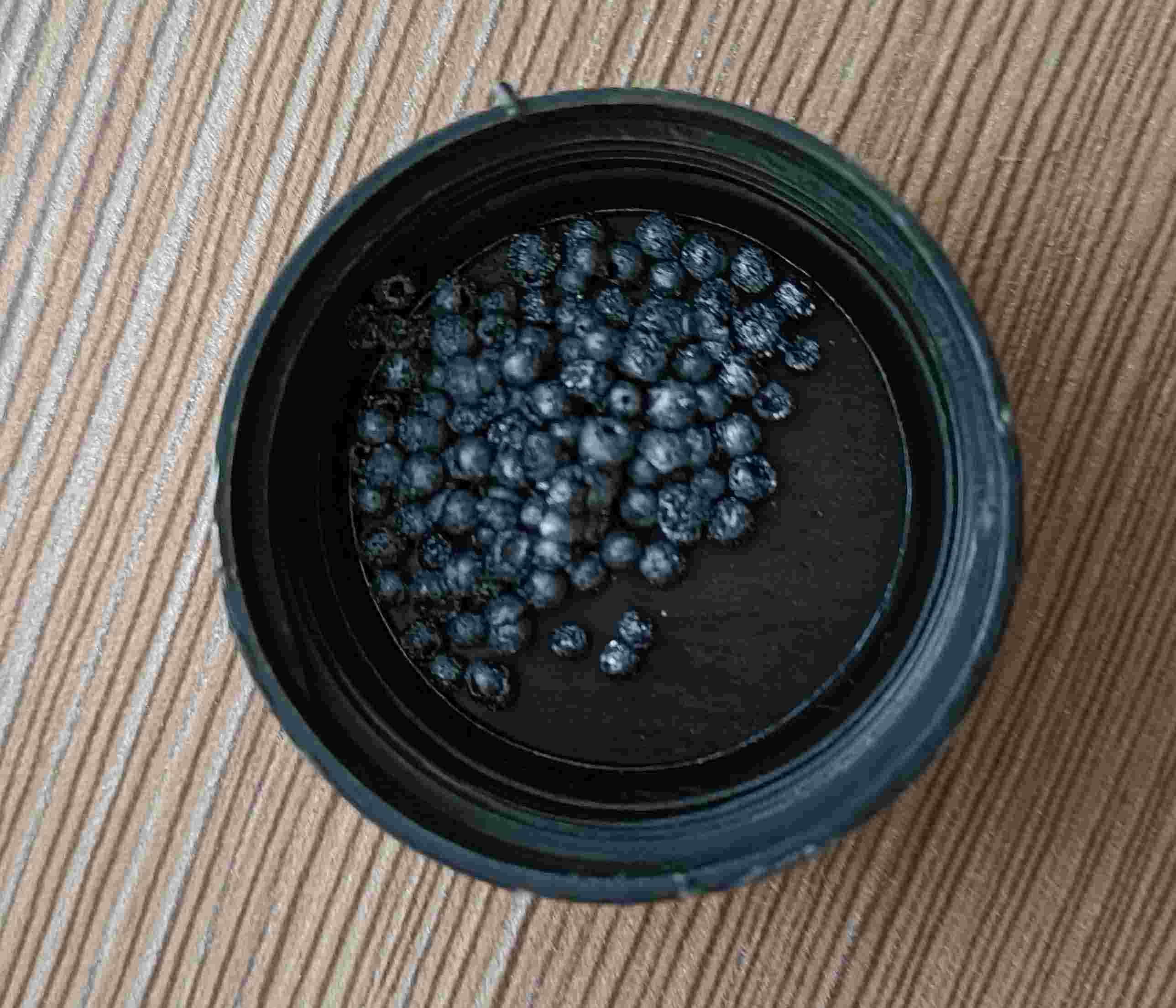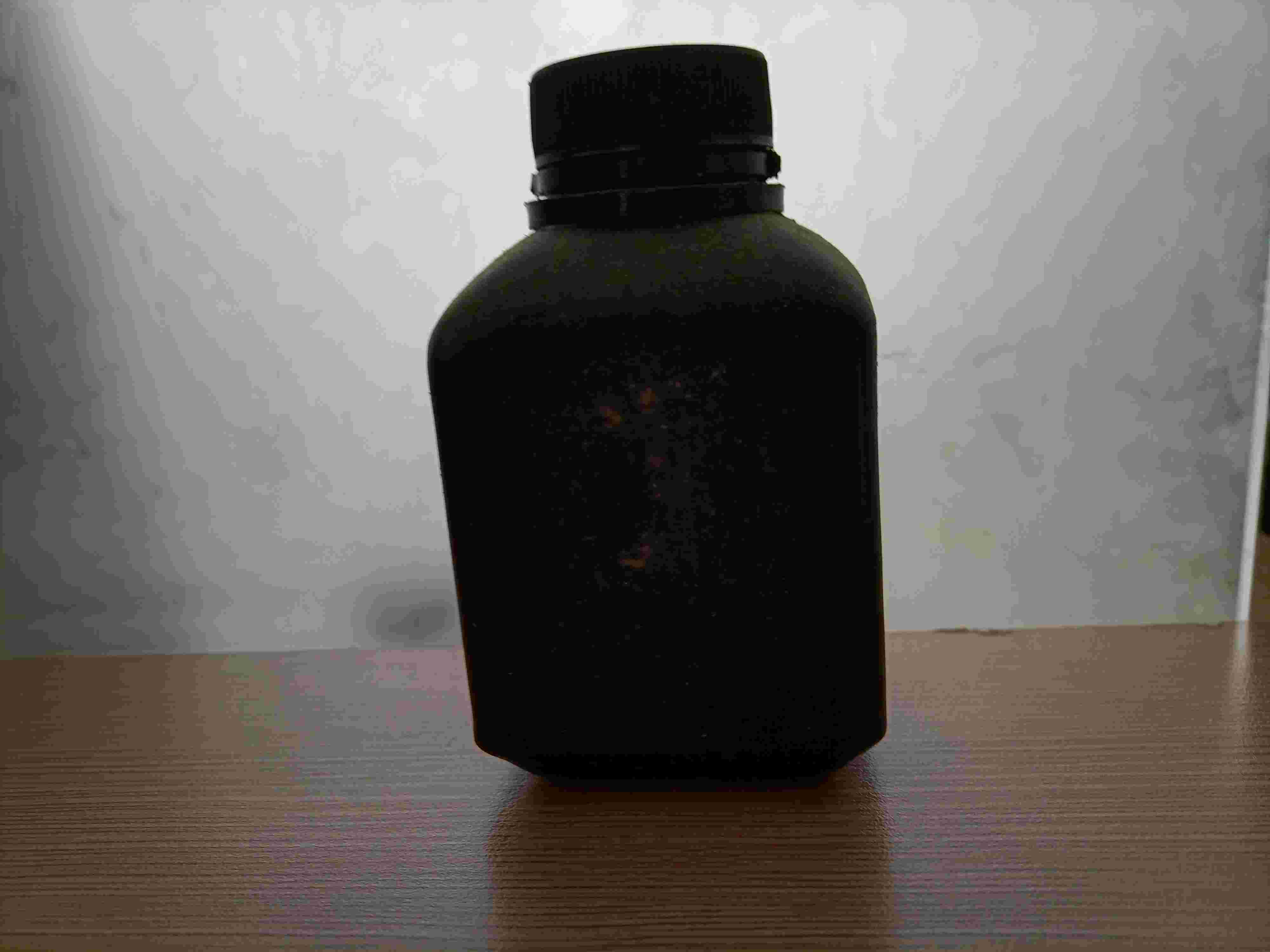Zinc
Since zinc easily forms a protective film on its surface at room temperature, its biggest use is in the galvanizing industry. Zinc can form alloys with many non-ferrous metals, among which alloys composed of zinc, aluminum, copper, etc. are widely used in die castings. Brass composed of zinc, copper, tin, and lead is used in the machinery manufacturing industry. Zinc plates containing a small amount of lead, cadmium and other elements can be made into zinc-manganese dry battery negative electrodes, printed zinc plates, powder-corroded photographic plates and offset printing plates, etc. Zinc can react with acids or strong bases to release hydrogen gas. Zinc fertilizers (zinc sulfate, zinc chloride) can promote plant cell respiration and carbohydrate metabolism. Zinc powder, zinc barium white, and zinc chrome yellow can be used as pigments. Zinc oxide can also be used in medicine, rubber, paint and other industries.
Reaction with hydrochloric acid: A large number of bubbles are generated on the surface of the zinc particles, a large amount of heat is released, and the zinc particles gradually dissolve Zn+2HCl=ZnCl2+H2↑
Reaction with sulfuric acid: Zn+H2SO4=ZnSO4+H2↑ (Hydrogen produced in laboratory)
Reaction with sodium hydroxide: Zn+2NaOH=Na2ZnO2+H2↑




